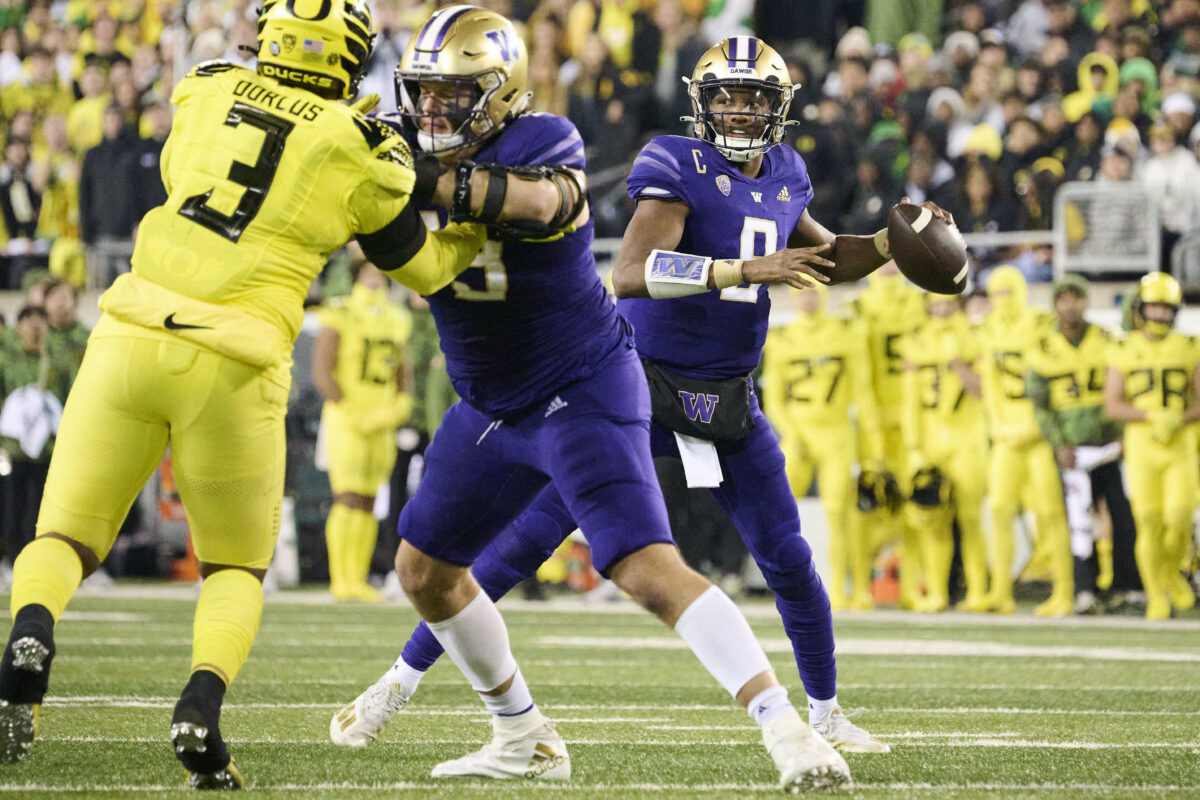Part of the reason we are here, with the Pac-12 just about dead and the Big Ten at 18 schools, is the Pac-12 didn’t think ahead.
More specifically, George Kliavkoff didn’t realize the stakes of Pac-12 survival were not the same for all the member schools.
“Oregon and Washington could legitimately and honestly say they stuck around in the Pac-12 and really did want to make things worse for the conference … but that if Colorado and then the Arizona schools leave, they would not be crushed or crestfallen about the death of the Pac-12.
“’Welp, I guess the Big Ten will just have to scoop us up, since the Big 12 is collecting the Four Corners schools and won’t have room for us.’
“Oregon and Washington administrators and leaders would never say or suggest anything like that in public, but internally and privately, that could have been their thought process all along.
“Would it be that shocking if that was actually true?”
In a similar vein, Big Ten administrators might never have preferred to invite Oregon and Washington (after all, they probably would have done it last year if they really wanted it to happen), but when the Pac-12 crumbled, adding the Ducks and Huskies wasn’t an extreme hardship. It’s a minor inconvenience that will build the Big Ten brand in a few obvious ways.
Let’s look into the Big Ten’s changing calculus a little more:
